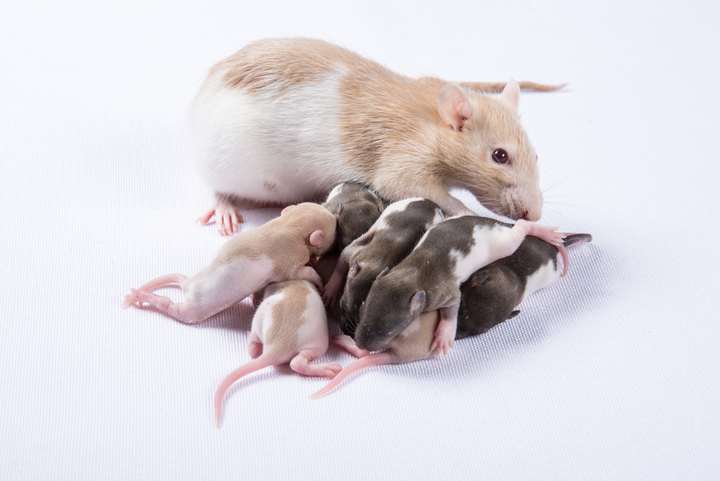
A property infested is a common problem and exceedingly difficult to deal with. Most or popular infestation problems are pigeons, flies, rodents, cockroaches’ rats, mice, ants, fleas, mites, and bedbugs.
The HHSRS (stand for Housing, Health and Safety Rating System) operating guidance) recognised that infections by, pigeons, flies, rodents, and cockroaches are a health risk.
This organisation also recognised that fleas, and bedbugs are also causing health risks.
In these cases, where liabilities fall is not straightforward. The tenant right to have the landlord to deal with these infestations will fall in several categories:
For tenant under the Landlord and Tenant Act 1985 where the property should have been fit for living in at the start of the tenancy, there is a valid claim.
If the property is a house and the infection has not happened through part of the house retained or under the control of the landlord then the question is now to find out if the infestation had happened by way of disrepair for which the landlord is liable under the Landlord and Tenant Act 1985. Example of disrepairs such as hole in the walls, broken drainpipes, or hole in the roof.
If the infestation had happened during the tenant occupancy but through the common part of the building, then the landlord is likely to be liable under the Landlord and Tenant Act 1985.
However, if the infestation is caused by the tenant due to his/her lifestyle then the tenant is responsible Example: the tenant is not emptying his bin on the regular basis this can attract vermin off all sort.
Note that local authorities have extensive powers to take actions in cases of pest infestation (Prevention of Damage by Pests Act 1949 and Public Health At 1936 part 2)
Under the Housing, Health and Safety Rating System, and infestation may also be a hazard , so local authorities may serve notice under Health Authority 2004 depending on the cause of the infestation, which could result to a charge to the tenant or by the landlord.
Because of their prejudicial health risk, premises infected with vermin are likely to constitute a stater nuisance. If it is demonstrated that the incursion of the infestation is attributed the landlord, the tenant may use the process of the EPA 1990 (Environmental Protection Act 1990) and where appropriate or necessary prosecute the landlord using section 82.
What is section 82.
It is a (private legal action of the nuisance under the provisions of Section 82 of the Environmental protection Act 1990.)